Many people like leather jackets, but they can be challenging to make waterproof. Proper waterproofing is key to maintaining your leather jacket’s appearance for many years. This article will explore how to waterproof a leather jacket in detail. We’ll answer some common questions and provide reviews of the best products on the market. If you follow our tips, your leather jacket will look great in any weather!
Leather Jackets and Water: What You Should Know
When you think of leather jackets and water, there may be an automatic assumption that the two don’t mix. In fact, there are some situations when exposing a leather jacket to water can actually benefit it. For example, if your leather jacket is new, or has been stored for a long period of time, it’s possible that its natural oils have become depleted.
The most important thing to remember is that you should never use hot water or excessive force when attempting to clean your leather jacket. Doing so will damage the material beyond repair. [1]
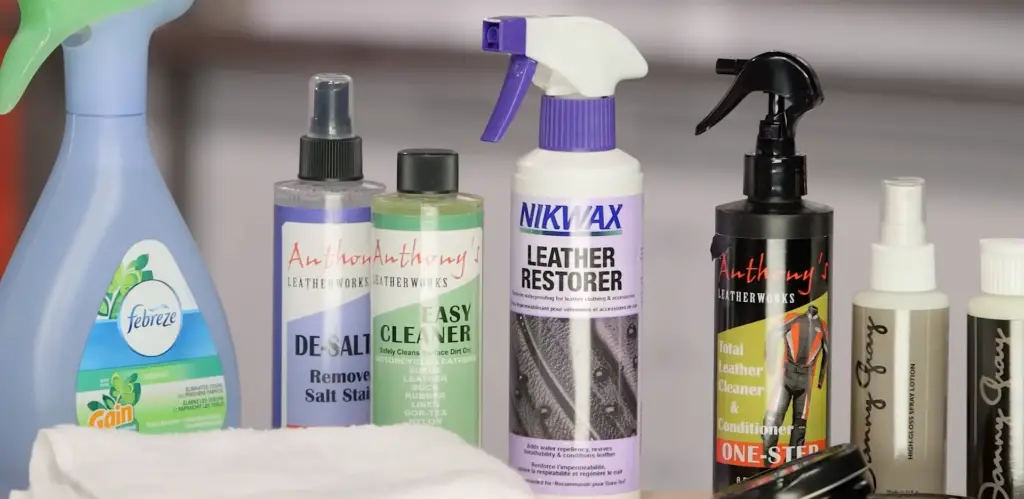
Why You Should Consider Waterproofing Your Leather Jacket
Leather jackets are a timeless wardrobe staple, but they don’t always stand up to the elements. Rainy and cold weather can cause irreparable damage to your favorite leather jacket if you don’t take steps to protect it. Waterproofing your leather jacket is essential for keeping it looking and functioning at its best for years to come.
Waterproofing your leather jacket not only helps keep the fabric from becoming damaged due to water exposure, but it also helps preserve the natural oils in the leather that help keep it soft and supple. Plus, waterproofing adds an extra layer of protection against dirt, dust, and other environmental elements that can collect on the surface of the jacket over time. [2]
Can Leather Jackets Be Waterproofed?
Yes, leather jackets can be waterproofed. There are a few different methods and materials that you can use to make your leather jacket water-resistant or even waterproof. The most common way is to treat the jacket with a special spray that creates a protective barrier against the elements. Another option is to buy a pre-treated jacket designed specifically for weather protection. [3]
The Step-By-Step Process To Waterproof Leather Jackets
Waterproofing your leather jacket is a crucial step in protecting it from weather damage. This guide will take you through the full process of waterproofing a leather jacket so that you can protect your investment and keep it looking great for years to come.
Choose the right product
When it comes to waterproofing a leather jacket, you want to make sure that you choose the right product for the job. There are many different products available on the market and some may not be suitable for your particular type of leather jacket. You need to read the instructions carefully and check with the manufacturer if necessary before purchasing any product.
Clean the jacket completely
The first step in waterproofing a leather jacket is to make sure it’s completely clean. Remove any surface dirt or debris with a damp cloth, then use a specialized leather cleaner to remove any oils and another residue that can affect the waterproofing process. When cleaning your leather jacket, be careful not to use products containing bleach or harsh chemicals as these can damage the material.
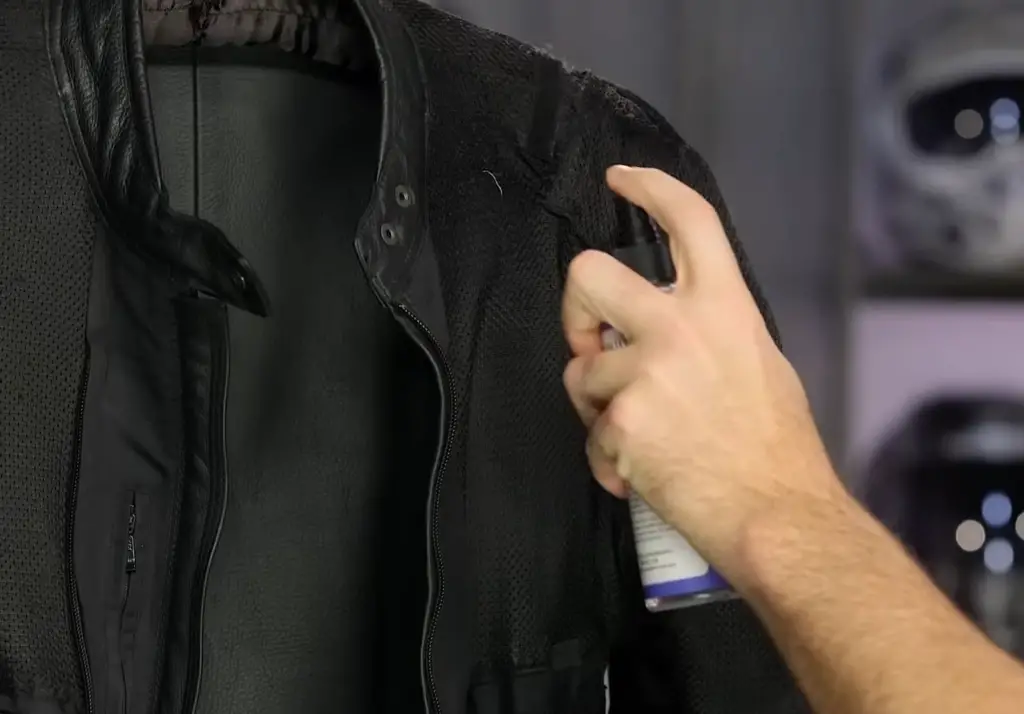
Condition the leather using beeswax cream
Beeswax cream is a natural way to condition and waterproof leather, and it’s easy to find and use. Before you apply any wax or spray, you should clean the jacket of any dirt or dust first. Then apply the beeswax cream in circular motions with a soft cloth, making sure to get into all of the seams and creases. Once you’ve done that, take a hairdryer on its lowest heat setting and gently heat up each section of the jacket until it is completely dry. This helps set the wax so that it adheres better to the leather fibers. You should repeat this conditioning process at least once every 6 months—or more frequently if your leather jacket gets a lot of wear.
Do a spot test
Before you reach for the waterproofing products, it’s important to do a spot test on your leather jacket. This will let you see how the product interacts with the leather and ensure that it won’t cause any damage. To do a spot test:
- Start by cleaning your leather jacket thoroughly using a damp cloth;
- Once dry, select an area of the jacket that isn’t visible when wearing it – such as on the inside lining, or underneath one of the pockets – and apply some of the waterproofing product according to its instructions;
- Allow this to sit for at least 24 hours, then inspect it carefully for any signs of discoloration or damage;
- If there are no issues, you can be confident that the product is safe to use on your jacket;
Spray evenly across the jacket
When it comes to waterproofing a leather jacket, one of the most important rules to remember is to spray evenly. For best results, start in the middle and work your way outwards in an even pattern. Use slow circular motions as you apply the product and make sure that each area of the jacket has been reached. Take extra care around zippers and seams where water is more likely to seep through.
It’s also a good idea to check that there are no uneven patches or clumps of waterproofing solution on the leather- these areas may be prone to cracking when dried. Once you have thoroughly sprayed your jacket with a waterproofing solution, allow it to dry completely before wearing it. This process typically takes about 24 hours for the best results. [4]
Do Waterproofing Sprays Damage Leather Jackets?
Waterproofing sprays are a popular choice for leather jacket protection, but you might be wondering if they can damage the fabric. While some brands of waterproofing may contain harsh chemicals that could compromise the integrity of your jacket, many reputable brands use gentle-but-effective water-repelling agents. It’s important to read labels carefully and choose products specifically designed for leather items. If you’re unsure which product is best for your jacket, consult a professional leather care specialist or take it to a dry cleaner who specializes in treating leather garments.
When using any type of waterproofing spray, always follow the manufacturer’s instructions closely—including how often it should be reapplied—and never overapply. Doing so may create an uneven, glossy finish and leave your jacket looking greasy. If you apply too much waterproofing, it might not be absorbed properly, resulting in a residue that could attract dirt and debris.
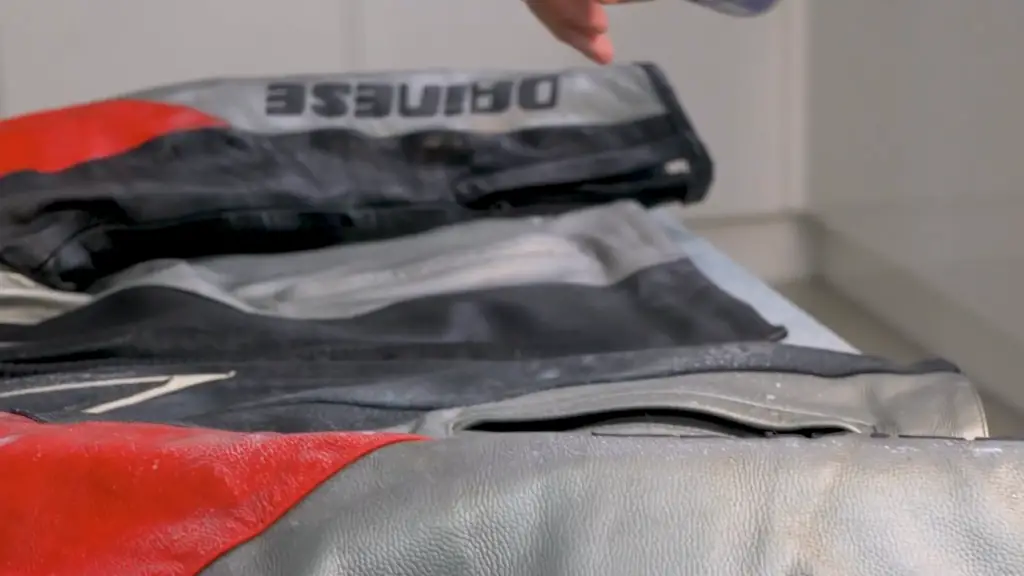
Best Practices For Waterproofing Leather Jackets
No matter what type of leather jacket you own, there are a few tips that apply to all when it comes to waterproofing:
- Use the right products. It’s important to use the appropriate products for waterproofing a leather jacket. Specialty sprays and repellents are often the best choices because they will coat your jacket evenly and protect it from water damage without compromising its natural beauty;
- Follow directions carefully. Be sure to read and understand all instructions before attempting to waterproof your leather jacket yourself. If you don’t think you can do it correctly or safely, consider taking it to a professional instead who can properly treat it for you;
- Reapply regularly. Once your leather jacket has been waterproofed, it’s important to reapply the waterproofing solution every few months. This will help keep your jacket looking nice and protect it from water damage in the long run;
- Clean regularly with a damp cloth or brush. To ensure that your leather jacket remains waterproof and looks its best, be sure to clean it with a damp cloth or brush regularly. This step can also help remove dirt and debris that could potentially damage your jacket if left unchecked [6];
FAQ
What is the best waterproofing spray for leather jackets?
When it comes to waterproofing a leather jacket, the best option is a specialty waterproofing spray designed specifically for use on leather. There are several brands available, but some of the most popular options include Nikwax Waterproofing Wax for Leather, Fiebing’s Leather Care Liniment No. 1, and Demineralized Waterproofer. Each one offers different levels of protection against water and other elements, so it’s important to read customer reviews and determine which product will work best for your specific needs.
How can I make leather more waterproof?
Making leather more waterproof can be a simple and straightforward process. You’ll need some protective supplies, like a waterproofing spray or sealant, and a clean cloth. Here are the steps to waterproof your leather jacket:
- Clean the jacket with a damp sponge or cloth to remove any dirt or dust that may interfere with the protection process;
- Apply a quality waterproofing spray such as Nikwax Coating or Scotchgard Protector in an even coat over all surfaces of the jacket, including seams, pockets, and collars. Make sure to follow directions on the packaging carefully for best results;
- Let the product dry completely before wearing your jacket again; this could take up to 24 hours, depending on the product you used;
- Once dry, your jacket is now ready for outdoor activities;
To ensure maximum protection from water and other elements, you may want to consider applying a sealant over the waterproofing spray. Sealants are designed to help further protect your leather by creating an invisible barrier that prevents moisture from seeping into the fibers.
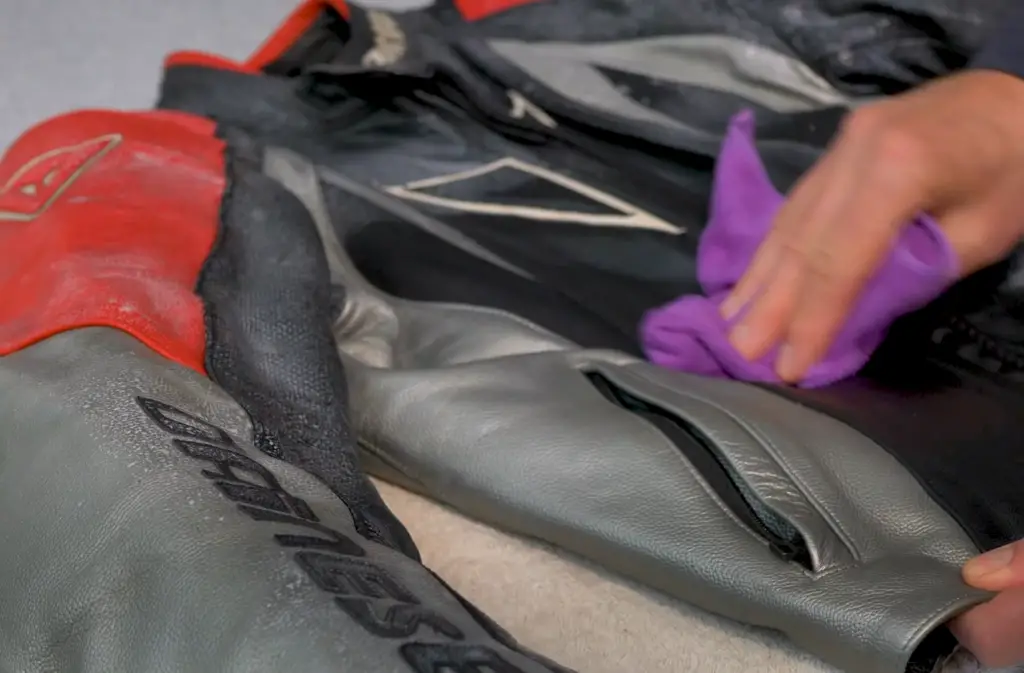
Should you spray a leather jacket?
The answer to this question depends on the type of leather jacket you own. If it is an older leather jacket that has been stained or worn, it is best not to use a waterproofing spray. This can cause discoloration and damage to the fabric due to its high concentration of chemicals.
For newer jackets, however, spraying them with waterproof sprays can be effective in helping keep the fabric’s integrity intact and protecting against water damage in light rain or snow. Make sure you read the instructions on the spray bottle carefully before applying any product as an improper application could further damage your garment.
Will my leather jacket get ruined in the rain?
The answer is no. Thanks to modern technology, there are plenty of ways to waterproof your leather jacket and keep it in great condition for years to come. Whether you buy a new leather jacket or have had one for some time, this comprehensive guide will show you how to waterproof your leather jacket so that it can withstand rainy weather without getting ruined.
Can leather jackets be waterproofed?
Yes, leather jackets can be waterproofed. There are a variety of different methods you can use to make your leather jacket water-resistant and protect it from the elements. Whether you purchase a specially designed waterproofing product or decide to take matters into your own hands with DIY solutions, there are several ways you can help keep your jacket safe from the rain and snow.
What to spray on leather to make it waterproof?
When it comes to making a leather jacket waterproof, many people look for an easy and effective solution. Some people may be tempted to just spray their jackets with a store-bought product and call it a day, but this isn’t always the best decision. For starters, your choice of the product matters if you want to make sure your leather stays protected from water and other elements. The most common products used are ones that contain beeswax or silicone.
What is the best waterproof leather?
When it comes to waterproofing a leather jacket, the type of leather makes a huge difference. Natural leathers like cowhide, lambskin, and sheepskin are all good choices for waterproofing because they are thick and durable. However, synthetic leathers such as polyurethane and vinyl can also provide excellent protection against the elements. It is important to choose the right type of leather for your jacket so that it will be able to withstand rain and other moisture without breaking down or becoming damaged.
Can genuine leather be waterproof?
Yes, genuine leather can be waterproof when treated properly. To protect your jacket from water damage, the right products and techniques must be used. The best way to waterproof a leather jacket is to use specifically designed sprays or creams that you can apply yourself at home. These products are designed to help repel moisture while maintaining the natural look and feel of your jacket. It’s also important to condition the leather with a conditioning cream or oil before applying for any waterproofing protection as this helps to keep it soft and supple over time.

How can I make my jacket more waterproof?
There are several ways to make your leather jacket more waterproof. Depending on the type of leather you have, one or more of these methods may work for you:
- Apply a Waterproofing Spray;
- Use a Leather Conditioner;
- Use a Protective Cover;
- Store Your Jacket Properly;
Useful Video: How to Waterproof a Leather Jacket with Nikwax Leather Restorer
Conclusion
Whether you are waterproofing a leather jacket for the first time or resurrecting an old classic, this guide should have given you all the information and tips you need to protect your jacket against the elements. Waterproofing a leather jacket is very important because it helps to maintain its look and quality for years to come.
We hope this guide has been helpful. Best of luck on your waterproofing journey!
References:
- https://www.leathercult.com/blog/how-to-protect-your-leather-jacket-from-water-damage/
- https://sewingy.com/leather-jacket-waterproofing/
- https://www.ehow.com/how_6118351_waterproof-leather-jacket.html
- https://www.magicofclothes.com/how-to-waterproof-a-leather-jacket/
- https://www.leatherskill.com/how-to-waterproof-leather-jackets/
- https://buffalojackson.com/blogs/insight/how-to-waterproof-leather-in-4-steps

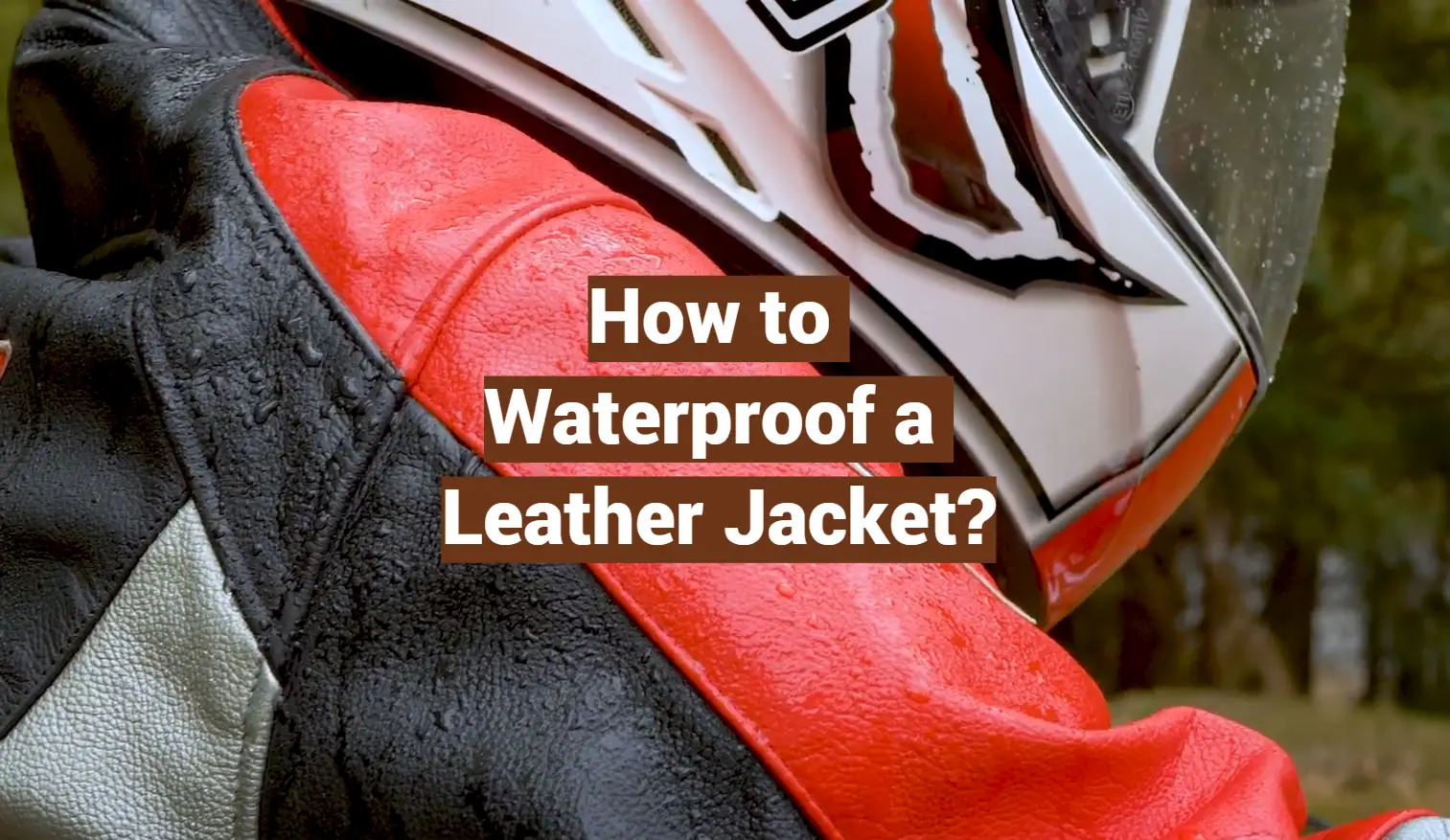
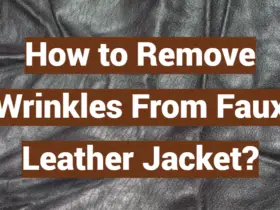




Leave a Reply